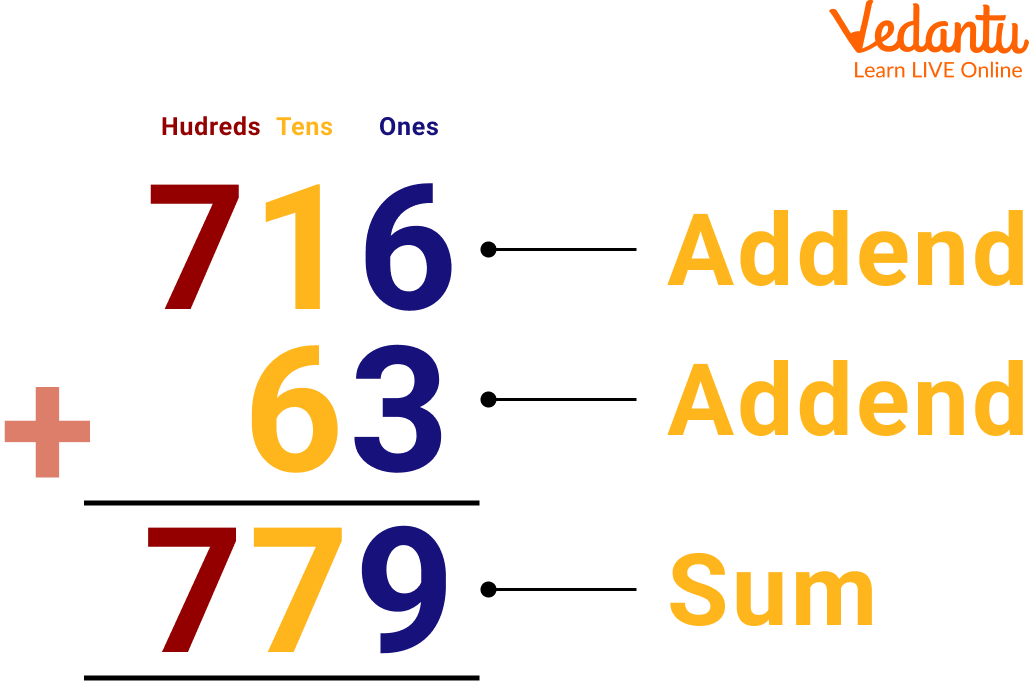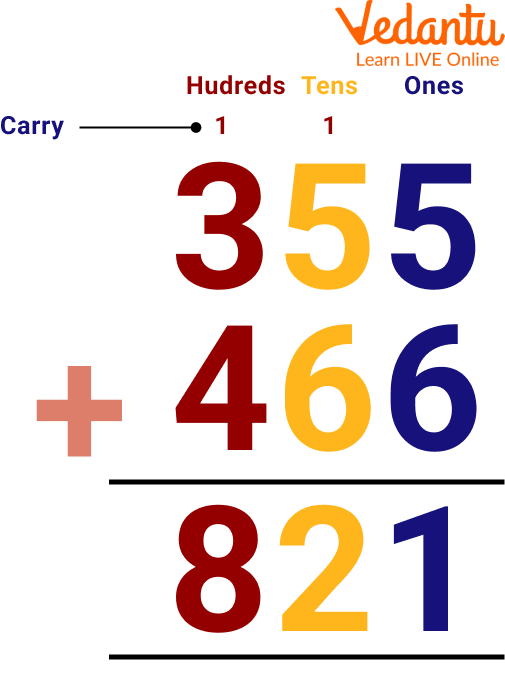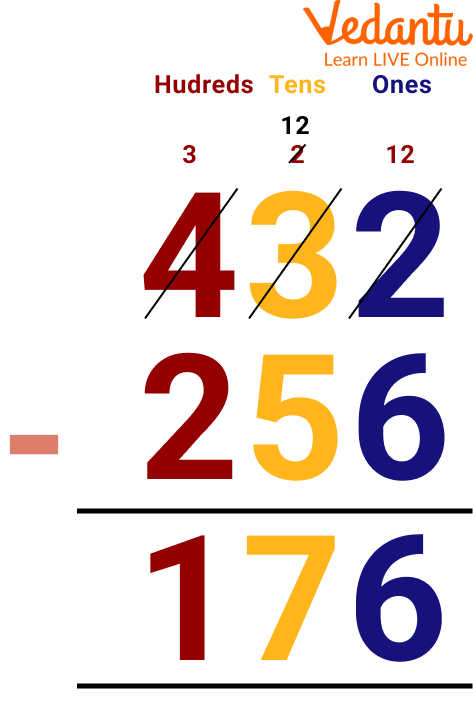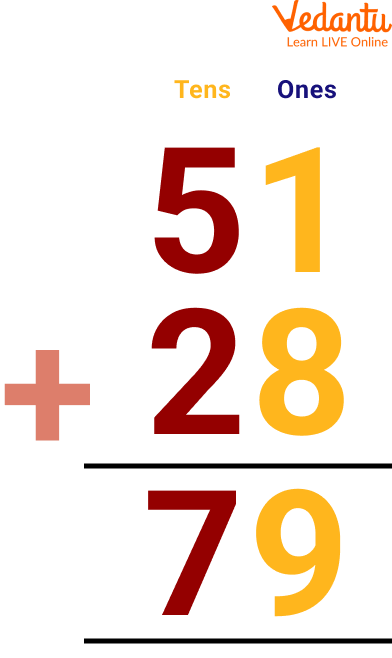




Step-by-Step Examples to Improve Your Addition Skills
Hey kids! You might be aware of the concept of addition. But if you are not, no worries; we are here to teach you how to add different values using 4th-grade addition strategies. Addition and subtraction are arithmetic operations in mathematics that calculate the sum and difference between different operands, such as whole numbers, integers, fractions, algebraic expressions, and so on.
In this article, we will read about addition strategies and addition and subtraction for class 4. We will also solve practice problems and look at solved addition examples for class 4. So, let’s dive into the article.

Child Enjoying Learning Addition
What are Addition and Subtraction?
The addition is done by summing up or putting things together. It is a way to combine numbers, operands, or objects. On the other hand, subtraction is done by taking away or removing things. It is a way to reduce numbers, operands, or objects.
The addition formula is stated as: Addend + Addend = Sum. Here, addends are the numbers being added, the symbol (+) indicates the addition operation, and the sum indicates the result.

Addition
The subtraction formula is stated as Minuend - Subtrahend = Difference. Here, minuend is the number from which the other number is subtracted, and subtrahend is the number that is subtracted from the minuend. The symbol (-) indicates the subtraction operation, and the difference indicates the result. The example given below shows the subtraction formula.

Subtraction
Addition Strategies
In addition, there are two cases. One is a simple addition, in which, on adding the addend, the sum doesn’t exceed 9. This comes under the addition without regrouping. Another one is regrouping. It takes place whenever the sum of a column exceeds 9. Here, the extra digit is carried over to the preceding column and added along with the addends. In these two cases, we are going to study 4th-grade addition strategies with the help of an example. So let’s see them:
Example: Add the numbers 355 + 466.
Ans: Step 1: Start with the digits in one's column → 6 + 5 = 11. Here the sum is 11. The tens place digit of the sum (i.e., 1) will be carried over to the tens place.
Step 2: Then we will add the digits in tens place along with the carryover 1 → 1(carry-over) + 5 + 6 = 12. Here the sum is 12. The tens place digit of the sum (i.e., 1) will be carried to the hundreds column.
Step 3: Now, we will add the digits of hundreds place along with the carryover digit 1 → 1(carry-over) + 3 + 4 = 8. Here the sum is 8.
Step 4: Thus, 355 + 466 = 821
Below, the regrouping operation is shown for 355 + 466.

Addition of Two Number with Regrouping
Subtraction with Borrowing for Class 4
Subtraction with regrouping occurs whenever any digit in the minuend is smaller than the corresponding digit in the subtrahend. Here, we borrow 1 from the preceding column and combine it with this minuend so that this becomes greater than the subtrahend. Let us understand this with the help of an example.
Example: Subtract the numbers 432 - 256.
Solution: Let us use the following steps to subtract these numbers.
Step 1: Start with the digits in ones place. We see that 2 is smaller than 6. So, we will borrow 1 from the tens column, making it 12. Now, 12 - 6 = 6.
Step 2: After giving 1 to the ones column in step 1, the 3 in the tens column becomes 2. Now, let us subtract the digits in the tens place (2 - 5). Here, 2 is smaller than 5, so we will borrow 1 from the hundreds column. This will make it 12. So, 12 - 5 = 7.
Step 3: In step 2 we had given 1 to the tens column, so we are left with 3 in the hundreds place. We will now subtract the digits in the hundreds place, i.e., (3 - 2). So, 3 - 2 = 1.
Step 4: Therefore, the difference between the two given numbers is: 432 - 256 = 176.

Subtraction with Borrowing
Solved Subtraction and Addition Examples for Class 4
Q 1 Anjali gave 51 toffees to Vijay and 28 toffees to Aman. How many toffees did she give?
Sol: Let's solve this problem with the regrouping method.
Total toffees Anjali gave to Vijal and Aman: 51 + 28

Addition
Thus Anjali gave 79 toffee altogether.
Q 2 Aman got 20 marks in Maths out of 50 and 35 marks in English out of 50. How many marks he got in total
Ans: Marks in maths: 20
Marks in English: 35
Total marks 20 + 35 = 55
Thus, he got 55 marks in total.
Q 3 Rajni has 5 rupees, her father gave her 95 rupees, and her mother gave her 2 rupees. So how many rupees does Rajni have in total?
Ans: Rajni has 5 Rs
Her father gave her 95 Rs
Her mother gave her 2 Rs
So, Rajni and her mother's rupees equal, 5 + 2 = 7
Thus total amount becomes: 7 + 95
= Rs. 102
Therefore, the total amount that Rajni has is 102.
Practice Problems of Addition and Subtraction for Class 4
Q 1. Jiya has 45 rupees in her pocket. She gave 34 rupees to her mother. How much money is left with her?
Ans: 11 rupees
Q 2. Add 45 and 23.
Ans: 68
Q 3. Sonu had 5 chocolates, her friend gave her 3 more chocolates, her father gave her 15 chocolates, and her mother gave her 29 chocolates. How many chocolates does Sonu have now?
Ans: 52
Summary
To conclude, with the topic of 4th-grade addition strategies. We understood that addition is nothing but the combination of two or more two numbers. We add the digits to get a sum. Words problems are also solved with a simple method of addition. In this article, we also learned about addition with regrouping.
We solved some addition examples for class 4 and have practice problems of addition and subtraction for class 4 that need to be solved on our own. Now, we know how to add different numbers and can also add numbers using various addition strategies.
FAQs on Top Addition Strategies for Grade 4 Students
1. What are addition strategies for grade 4 students?
Addition strategies for grade 4 include techniques that help students solve addition problems efficiently. Key strategies are using place value, breaking numbers into parts, compensation, and using number lines. These strategies help students add multi-digit numbers accurately and deepen their understanding of math.
2. How does the place value strategy help in addition?
The place value strategy helps students add multi-digit numbers by separating numbers into ones, tens, hundreds, and so on. Students add each place value separately, then combine the results. This method reinforces a deep understanding of the place value system in mathematics.
3. What is the break apart strategy in addition?
The break apart strategy involves splitting numbers into easier parts before adding. For example, to add 47 + 38, break them into 40 + 30 and 7 + 8. Then add: 40 + 30 = 70, 7 + 8 = 15, and 70 + 15 = 85.
4. Why is compensation useful in addition?
The compensation strategy adjusts numbers to make one simpler, then compensates. For instance, to compute 59 + 28, round 59 to 60, add 28 to get 88, then subtract 1 for the final answer: 87. This makes calculations faster and easier for students learning addition.
5. Can number lines help with addition in grade 4 math?
Yes, number lines help grade 4 students visualize addition by showing how numbers increase in steps. Students start at one number on the line and count forward by tens or ones. This visual tool builds a better understanding of addition strategies in math.
6. What is the standard algorithm for addition?
The standard algorithm for addition is the traditional vertical method of lining numbers by place value and adding from right to left, carrying over when necessary. For example, adding 356 + 287, you solve each column and carry digits as needed to get the correct sum.
7. How does regrouping work in addition?
Regrouping (also called carrying) is when you add digits in one column and the sum is 10 or higher, you carry over to the next place value. For instance, adding $28+39$, $8+9=17$, write 7, carry 1 to tens place, and continue adding.
8. How can students use estimation when adding numbers?
Using the estimation strategy, students round numbers to the nearest ten or hundred before adding. For example, for 346 + 128, round to 350 + 130 = 480. Estimation helps check if their actual sum is reasonable, making addition more accurate and practical.
9. Why should grade 4 students learn multiple addition strategies?
Learning multiple addition strategies gives grade 4 students flexibility in solving math problems. Each strategy may work better for different problems or contexts, helping students build confidence, problem-solving skills, and a stronger foundation for advanced mathematical concepts.
10. How does mental math support addition for grade 4 learners?
Mental math involves solving addition problems in your head without writing. Students use strategies like breaking apart numbers, compensation, or rounding. This skill improves speed, number sense, and confidence, making math more accessible in everyday situations for grade 4 students.
11. What is a good example of using addition strategies with three-digit numbers?
When adding $234 + 456$, use place value: add hundreds ($200+400=600$), tens ($30+50=80$), and ones ($4+6=10$), then combine: $600+80+10=690$. These addition strategies break down complex problems, making them easier for grade 4 students to solve.
12. How can teachers reinforce addition strategies in grade 4 classrooms?
Teachers can reinforce addition strategies by
- modeling problem-solving
- offering hands-on practice
- using real-life examples
- providing visual aids like number lines





















